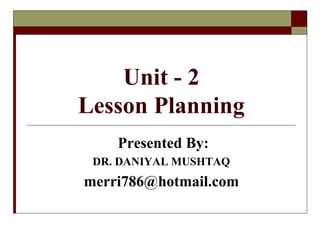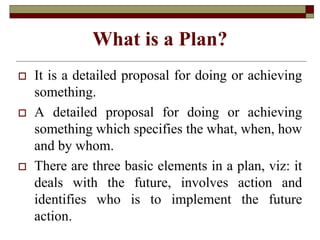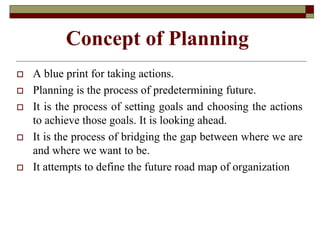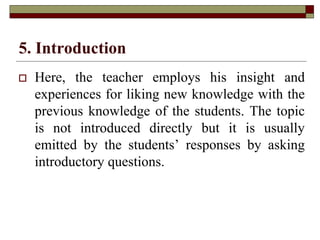The document provides information on lesson planning. It defines a lesson plan as a teacher's guide for teaching a lesson in an organized manner that includes the goal, method, and assessment. It discusses different approaches to lesson planning such as Herbartian, unit, evaluation, and project approaches. It also outlines the key components of different lesson plan formats including objectives, materials, presentation, and assessment. Finally, it identifies characteristics of good and poor lesson planning.




















































